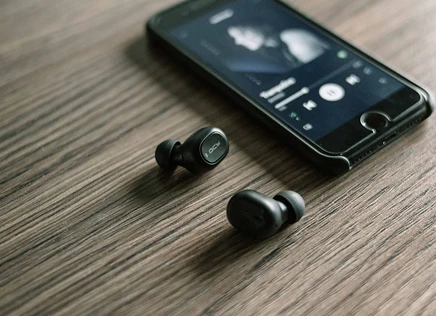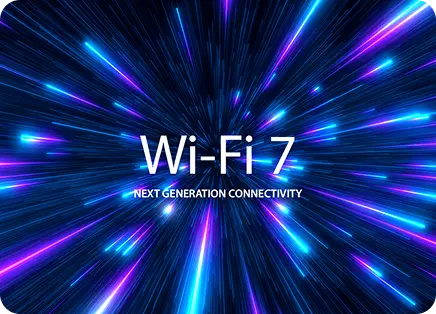
As Bluetooth continues to grow, it’s been adding more and more features. The latest Bluetooth 6.0 specification hopes to enable one of the most critical IoT applications – Real Time Location and Tracking. To do this, the Bluetooth 6.0 specification adds a new Feature called Channel Sounding that can help provide distance measurement between devices
Bluetooth Channel Sounding
Bluetooth® Channel Sounding is a new mechanism used to estimate the characteristics of the wireless communication channel between two Bluetooth devices. It’s a key component in enabling direction finding and positioning features in Bluetooth Low Energy (LE), especially since the release of Bluetooth 5.1, which introduced the Angle of Arrival (AoA) and Angle of Departure (AoD) capabilities. The goal of channel sounding is to gather detailed information about the radio wave propagation environment to help determine spatial information like direction or location.
Bluetooth Channel Sounding is made of two different techniques: phase-based ranging (PBR) measures the phase offset of signals being sent by the two devices with high accuracy needed for sub-meter positioning.
The second method is Round-Trip Time (RTT) – this method measures the time it takes for a signal to travel from one device to another and back.
Decision-Based Advertising Filtering
Decision-based advertising filtering enables a scanner to decide whether to scan for packets on secondary channels depending on the contents of advertising packets on the primary advertising channels. The advantage is that it can reduce power consumption and radio utilization if scanning on the secondary channels are not needed.
Monitoring Advertisers
Bluetooth LE controllers contain a feature that filters duplicate advertising packets. This feature helps reduce power consumption and provides the Host with a single advertising packet for a device. The downside to this feature is that it can be difficult to tell whether the device advertising is still present. In those cases, it’s often the case that the scanning will be changed in order to ensure we know if the device is still there
The new Monitoring Advertisers feature lets the Host know when a device has moved in and out of range, a use case that’s very common.
ISOAL Enhancement
Bluetooth 6.0 improves the Isochronous Adaptation Layer (ISOAL) by adding a new frame mode that helps reduce latency and improve reliability.
LL Extended Feature Set
Two Bluetooth devices exchange their supported features so they know whether they an take advantage. The extended feature set allows exchanging a larger number of features which have been added over various specifications.
Frame Space Update
The Bluetooth Specification since Bluetooth 4.0 defined a spacing value between transmissions of packets, called T_IFS , to be 150 µs. While this fixed value worked quite well, it could often cause issues.
Bluetooth 6.0 enables negotiating the T_IFS timing parameter that enables improved communications in isochronous streams.
Specification Timeline
The Bluetooth 6.0 Specification will be Deprecated in February of 2035 and Withdrawn in February of 2040. Note that these are general guidelines (typically 10 year Withdrawal schedule and 5 year Deprecation after Withdrawal). However, there are often changes in the schedule.







